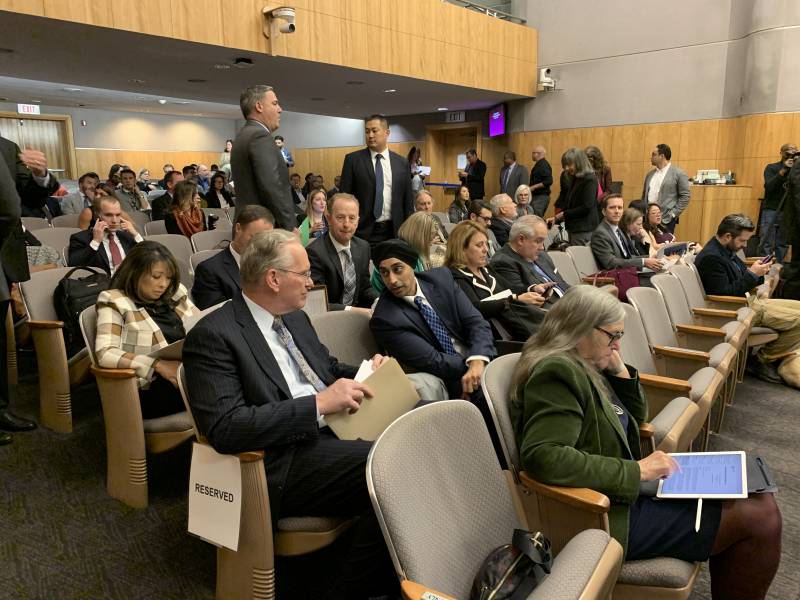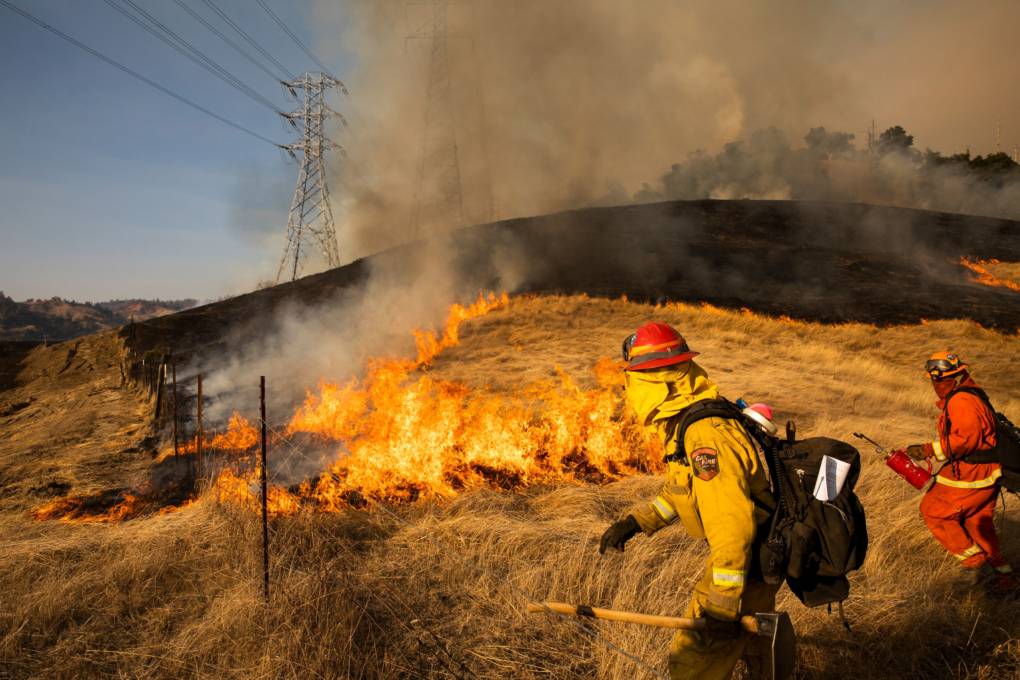Johnson predicted that by next fall, one-third fewer customers could lose power during a weather event similar to the largest one in October. He said earlier statements that PG&E customers could be grappling with power shutoffs for the next decade were not meant to imply that those blackouts would be as widely felt as the ones this year.
"It's not acceptable to have another year like this, let alone 10," Johnson said, adding that he meant it could take a decade to fully improve the system to the point where shutoffs are as "surgical" as the ones undertaken by SDG&E this year.
"Maybe five years to get to a good place," he said. "The next three years are crucial in my opinion."
Some of the most pointed questions came from lawmakers who represent districts served by PG&E.
"I looked at what happened on October 9 as a big 'screw you' to your customers, to the Legislature, to the governor," said Napa Sen. Bill Dodd, a Democrat, referring to the first round of power shutoffs that some viewed as unnecessary. "I really believe that has created amongst the Legislature, amongst your customers, a real trust issue."
Johnson said the company was simply following protocol.
Perhaps illustrating the tricky situation Johnson and other PG&E executives find themselves in, some lawmakers also questioned why, amid all those shutoffs, the company may have still sparked a fire.
North Bay Sen. Mike McGuire, whose district includes the area ravaged by the Kincade Fire in October, grilled Johnson over the decision not to cut power to a transmission line that could be to blame for sparking the blaze, which destroyed 174 homes in Sonoma County.
"You tell everyone and their brother that you’re going to turn off their lights for fire safety, and then you keep the damn transmission line on," McGuire said.
PG&E filed a report with regulators last month that said a broken jumper cable on a transmission tower may have been to blame for the blaze, and confirmed that it did not cut power to its highest-voltage transmission lines.

